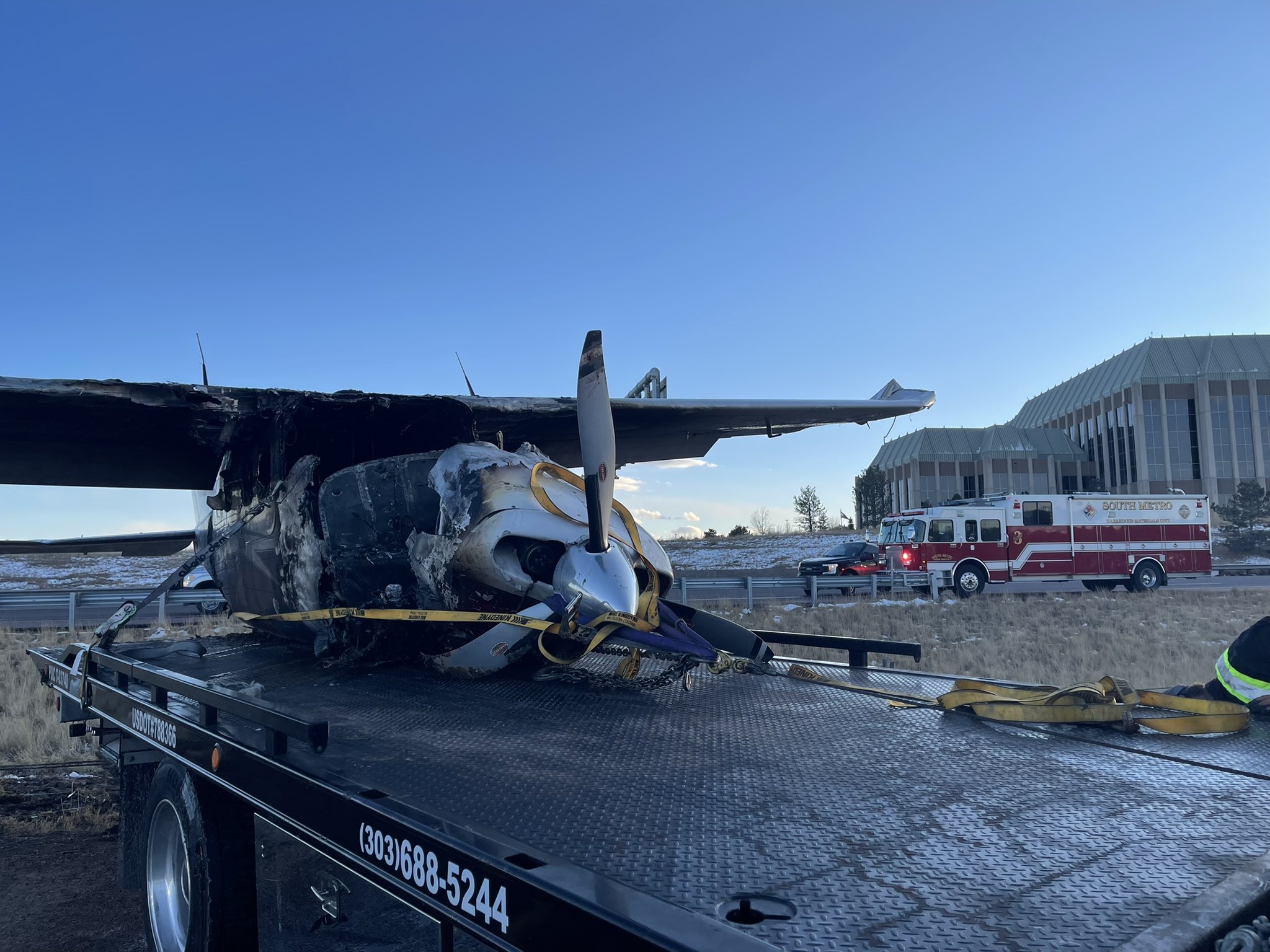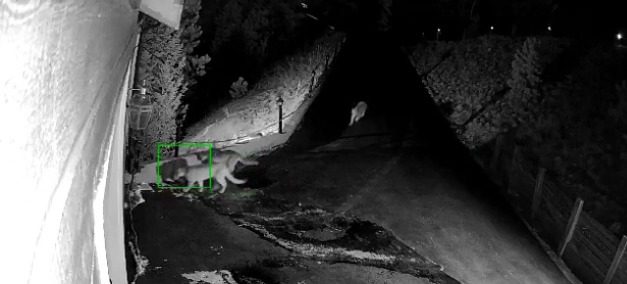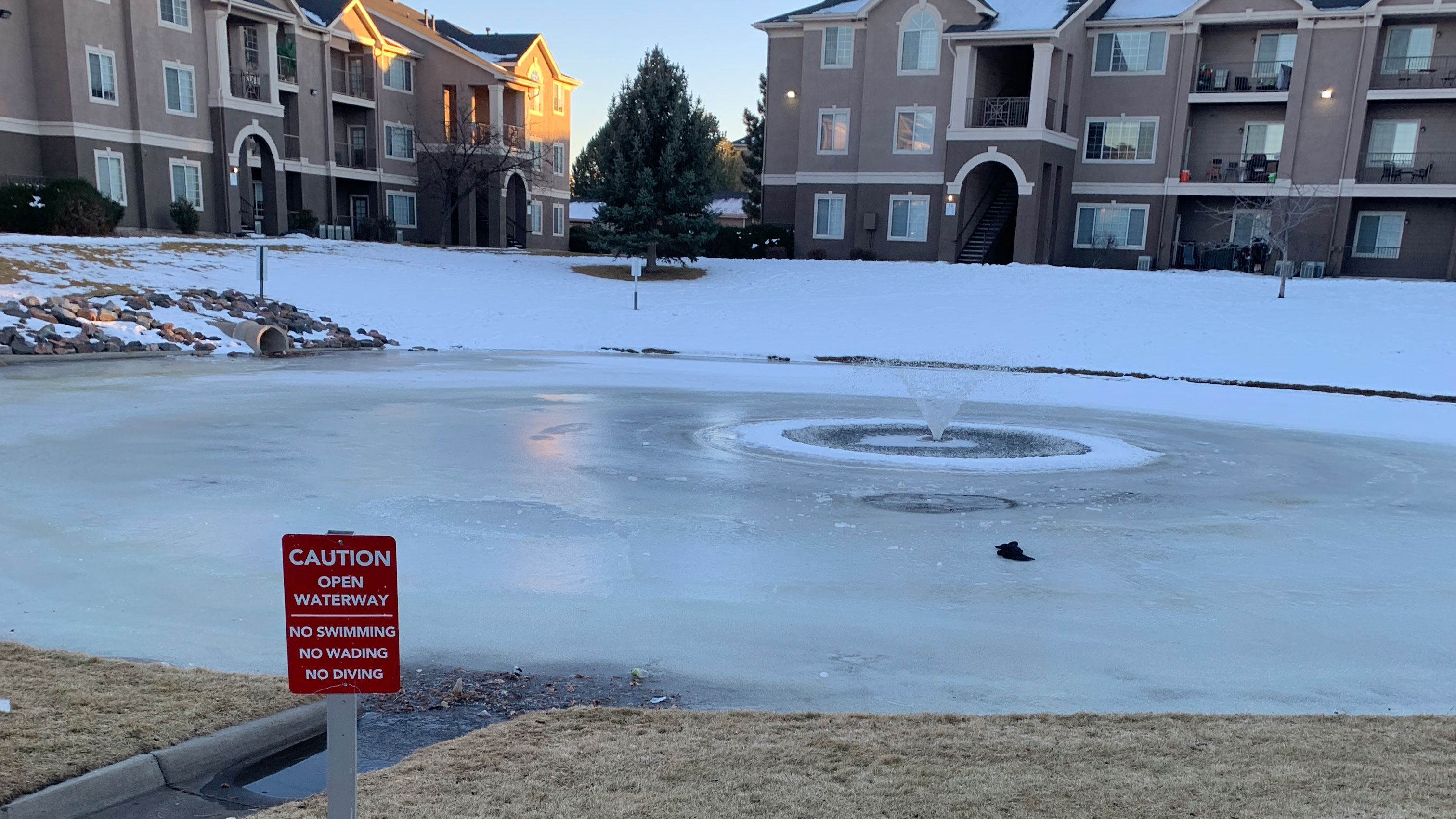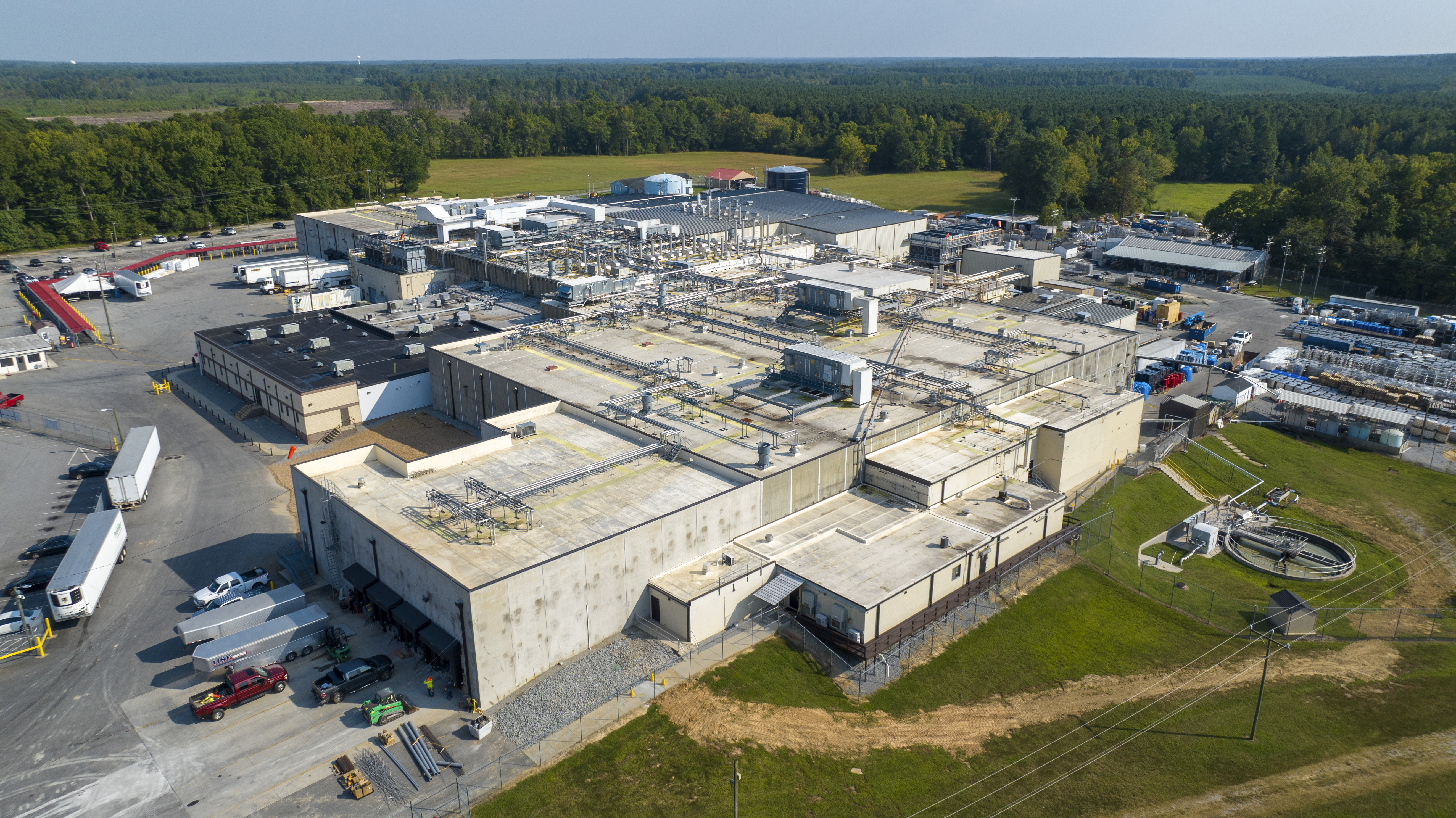DARE COUNTY, N.C. (WAVY) – With the wild Red Wolf population in eastern North Carolina fading fast, experts are discussing ways to bring the species back.
From what biologists know, there are currently only 18 adult Red Wolves remaining — and they say vehicles and guns are to blame for the declining numbers.
According to the U.S. Fish and Wildlife Service, Red Wolves were among the first animals to be designated under the Endangered Species Preservation Act of 1966 in the year 1967. The wolves are native to North America, with habitats up and down the east coast, and as far west as Texas.
Through the Red Wolf Recovery Program, U.S. Fish and Wildlife Service were able to re-introduce the wolves to the wild — primarily at the Alligator River National Wildlife Refuge in Dare County, just west of Manteo.
By 2012, the Red Wolf population was able to rebound to about 120 known adult wolves, and now, their numbers are down to just 18. Experts said the leading cause of death since then have been gunshots.
Perrin de Jong with the Center for Biological Diversity told 10 On Your Side the wolf shootings started as more developers moved onto the land.
“Poaching ran rampant, and Red Wolves were being killed systematically by people who, to this day, have not been prosecuted for it,” Jong said.
But as the number of shootings have slowed down in recent years, experts have noticed an upsetting trend as more and more wolves are being hit by traffic.
Highway 64 cuts through the northern section of the refuge, and within the past year alone, four of the wolves have been killed by vehicles, according to officials.
Now, the Center for Biological Diversity is raising money for wildlife crossings which run across Highway 64, hoping this will help prevent the wild Red Wolves from disappearing completely.
Another issue the refuge is dealing with is the Red Wolves breeding with coyotes, diluting the species as a whole. Experts are now working on sterilization programs to help slow the problem.
Recently though, there was some good news for the Red Wolves, with a new litter of eight pups recently discovered.
“That’s the biggest known wild litter that’s been born to Red Wolves in many years,” Jong said. “And so, that’s a cause for celebration and hope. But of course, these vehicle strikes continue.”










































































































